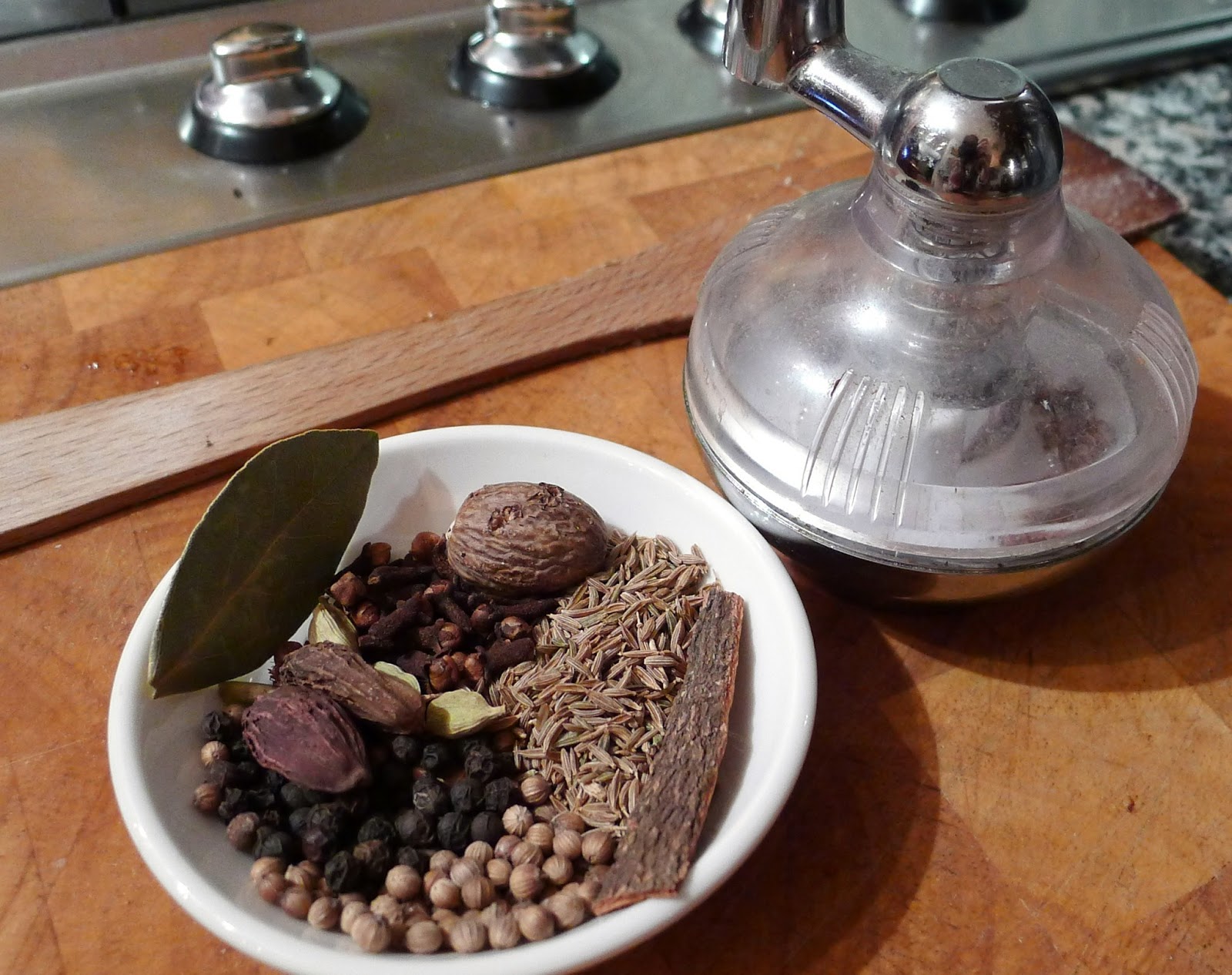
I often have some filo pastry in the freezer to use up - on this occasion as I’d made a spinach, feta and sun-dried tomato tart cum pie the previous week (quite a lot to use up in fact as for that I had only used two sheets - it will appear in a mid-year “round-up” like post soon). On this occasion, for some reason, another pie seemed the most obvious use for it.
I wanted to keep it pretty straightforward to cook so opted for a fairly classic flavour combination but in lieu of a heavier white sauce went for a half fat crème fraîche base. Of course the cream cheese and pancetta are far from low calorie choices themselves: an idiosyncracy I tend to have, for example insisting on plain rice with my takeaway lamb rogan josh and sag aloo as it has a lot less calories and fat than pilau....
But I digress. This is something that you can very much mix up depending on what you have in as well as what you fancy: tarragon in place of parsley, swapping out the veg: perhaps leeks, sweetcorn or broccoli, bacon for pancetta, or even ham. Or leave it out completely. Up to you.
Chicken, Mushroom & Pancetta Filo Pie
serves 3(ish)
small knob of butter
1 shallot, finely chopped
100g cubed pancetta
1 clove of garlic, finely chopped
2 large chicken breasts, cubed (about 360g)
150g mushrooms, sliced
½ small glass white wine
125ml chicken stock
100g half fat crème fraîche
1 heaped tbsp cream cheese
handful parsley, chopped
sea salt and freshly ground white pepper
1 tbsp olive oil
3-4 sheets filo pastry
Cook the bacon & shallots with a knob of butter in a sauté pan over a low-medium heat until the shallots are softened and the pancetta has crisped a little.
Add the chicken, garlic and mushrooms and cook for about 5 minutes the chicken is just cooked.
Add the wine and simmer until it has just reduced to a syrupy liquor.
Stir in the chicken stock and continue to simmer for about 5-10 minutes until it has also reduced.
Take off the heat and stir in the creme fraiche, cream cheese and parsley and adjust season carefully to taste (err on the side of caution vis-à-vis the salt, as the stock will probably be salty enough, do add some white pepper though).
Turn into a pie dish and leave to cool.
Brush the edge of the pie dish with olive oil. Unroll the filo pastry, take one sheet and quickly brush with olive oil and scrunch up a little. Lay this on top of the mixture in the pie dish and repeat with the other sheets until the top is covered.
Bake in a pre-heated oven at 190c for about 30-35 minutes, until golden.
Serve with veg of your choice!




































